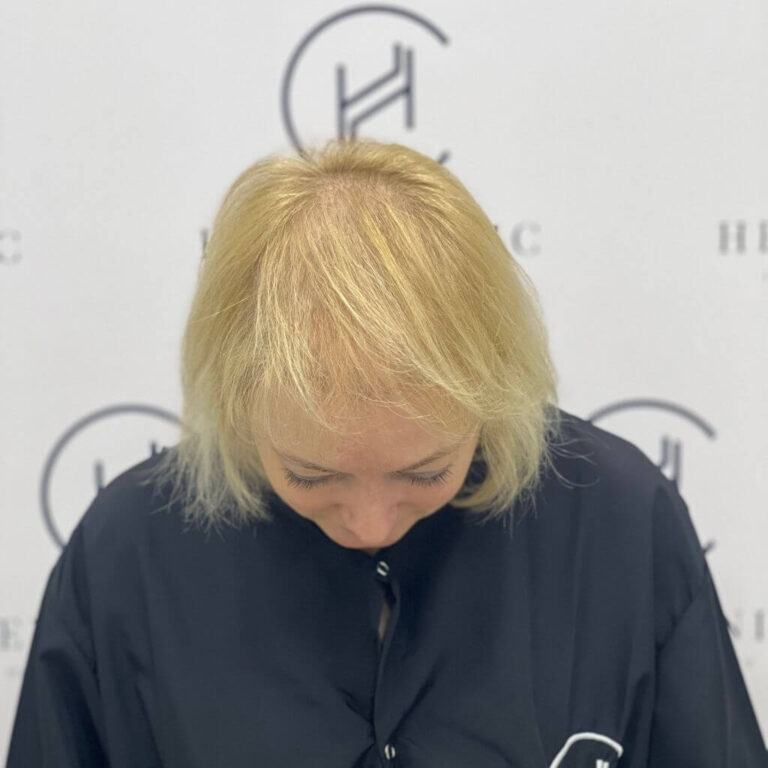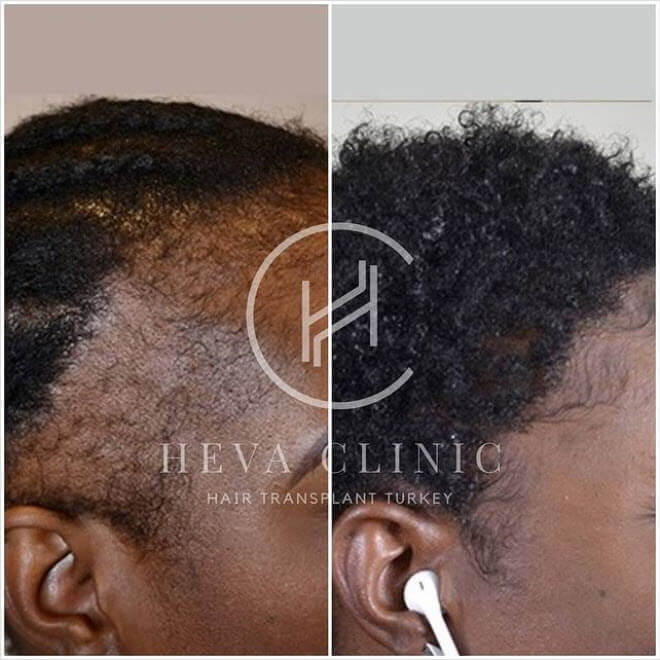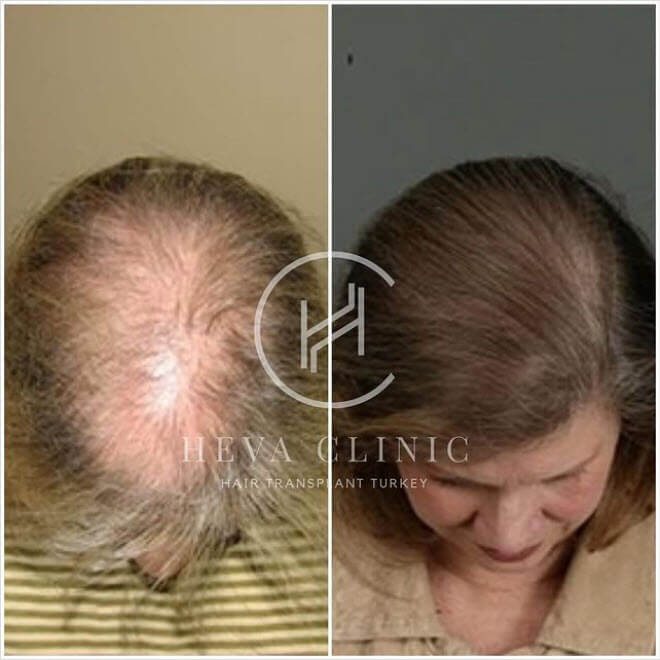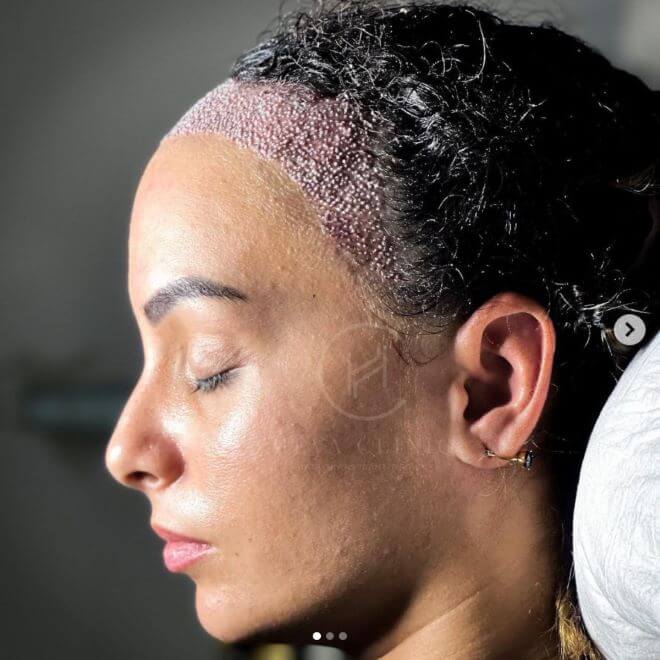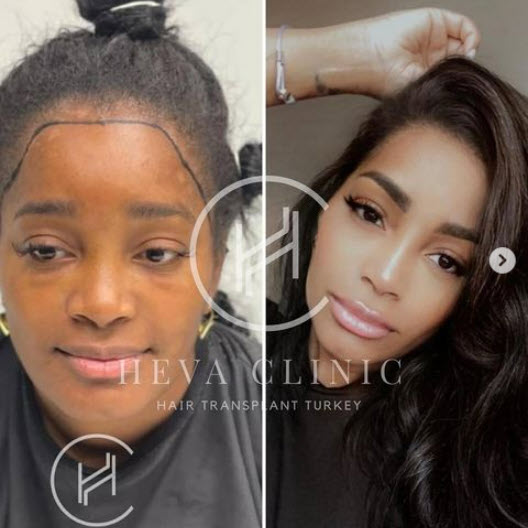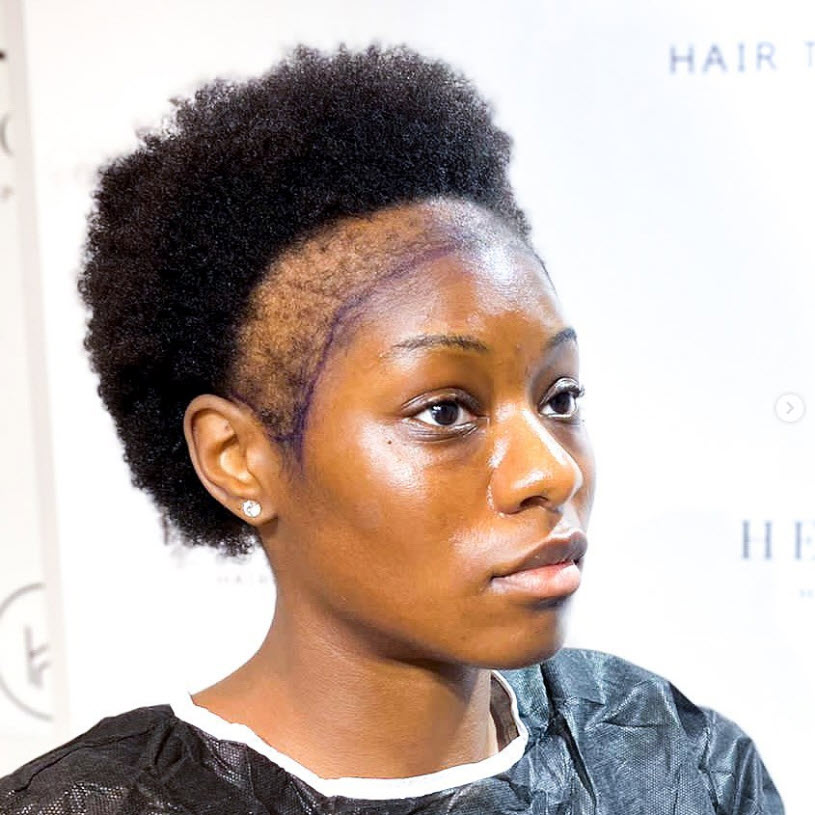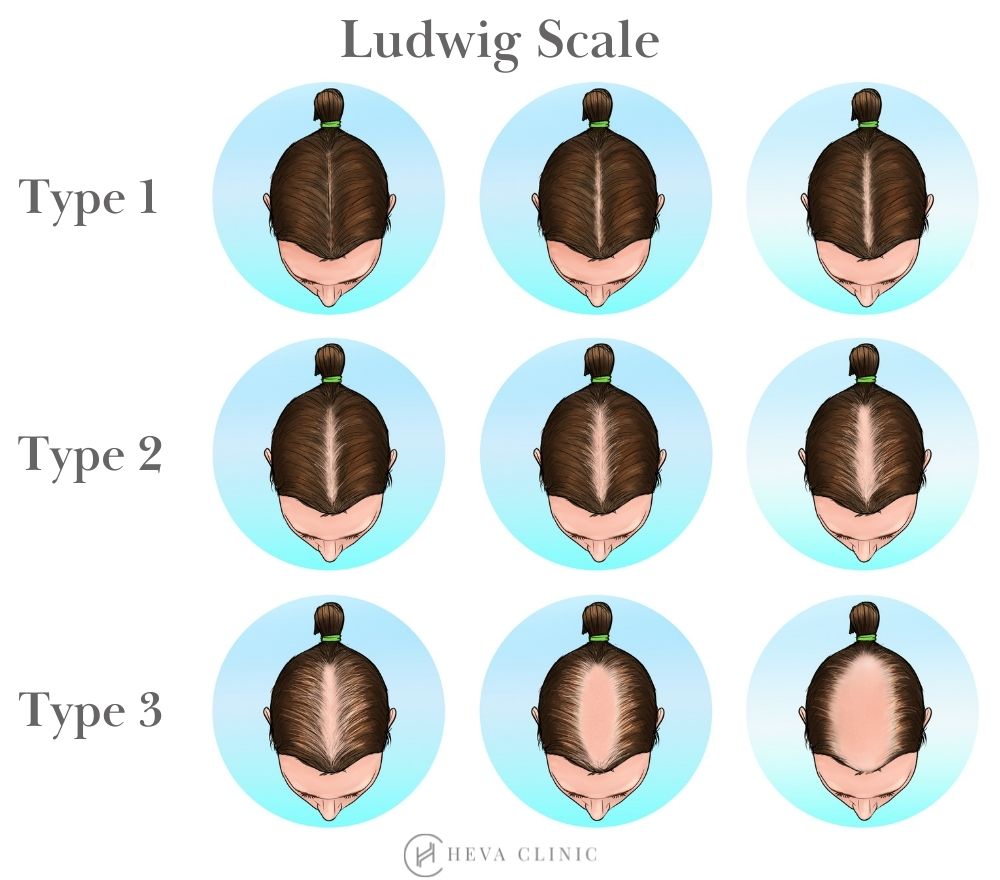
Female pattern baldness is a type of androgenic alopecia that many women suffer from. Studies show that over %65 of women experience some type of female hair loss. Most of these hair loss problems fall under the female pattern hair loss category.
Severe hair loss can have psychological effects on women, lead to a decrease in self-confidence, and affect social interactions. Understandably, many women who experience female pattern hair loss are unhappy with how their hair looks that make them search for a solution such as female hair transplant.
Ludwig hair loss scale stages
Similar to male pattern baldness, female pattern hair loss increases with age and goes through significant stages. This type of hair loss starts at the part line and gradually leads to a thinned look at the top of the head.
The Ludwig hair loss scale is used to classify the different stages of female pattern baldness. These stages are represented in 3 categories according to the severity and characteristic features. Understanding and knowing which stage you fit in the female pattern baldness scale can help you with the diagnosis and treatment journey.

Stage 1 on the female hair loss scale represents mild hair loss at the part line. At this point, it might be hard to notice any Ludwig scale alopecia since the rest of the hair remains thick. However, you can notice the effects of hair loss more and more over time. The scalp is more visible when the hair is parted down the centre.

At the stage 2 of the female hair loss, the thinning and scalp visibility is much more visible than in stage 1. You can notice a considerable decrease in the overall volume of your hair. Generally, women opt for a hair transplant operation at stage 2 of the Ludwig hair loss scale.

Stage 3 is the most severe type of female pattern baldness. At this point, it is hard to cover up the bald area and the thinning increases noticeably.
How to deal with female pattern baldness?
Before moving on to female baldness treatments, it is important to distinguish possible underlying problems and make sure that the cause of alopecia is in fact the female pattern baldness. Because hair loss can be a symptom of different health problems, they should be ruled out before dealing with female pattern baldness. For example, illnesses such as telogen effluvium, frontal fibrosing alopecia, caloric restrictions, psychiatric disorder tractional alopecia, and hypothyroidism can lead to hair loss. This is why it is important to consult with your General Practicioner to understand the cause of your problem.
If it is clear that you are suffering from female pattern baldness, the next step to take would be determining the severity of the hair loss. Different female baldness treatment options can be discussed according to the female hair loss chart.
Can you reverse female pattern baldness?
While some other types of hair loss can be reversible, female pattern hair baldness is considered irreversible once the hair follicle is damaged. However, there are scientificall proved treatments that can offer promising results.
If you have identified female pattern baldness at early stages, maintaining a healthy diet for your hair that is rich in vitamin A, vitamin D, omega-3 fatty acids, and zinc is extremely important. A healthy diet can help slow down the progression of female pattern baldness.
What are the treatment options for female baldness?
Depending on where you are on the Ludwig hair loss scale, different treatment options can be considered for female pattern baldness:
Studies show that medications such as topical and oral minoxidil, and finasteride can promote hair regrowth. Using these medications as a treatment option for female pattern baldness can be advised under certain circumstances. Finasteride inhibits excessive DHT hormone that causes hair loss, and on the other hand, minoxidil works by shortening the resting phase of the hair growth cycle and moving hairs into the active growth phase.
Female hair transplant is also a great treatment option for female baldness. It offers a long-term solution and high control of the results. Ice FUE hair transplant and direct hair implantation (DHI) are the most common hair transplant methods used for the treatment of female pattern baldness.
In addition to medical treatments and hair transplants, various alternative methods can also be used for female baldness treatment. These options include low-level laser therapy and platelet-rich plasma (PRP).
Does PRP work for female pattern baldness?
PRP hair treatment involves the use of nutrient-rich plasma drawn from your blood. Platelet-rich plasma is separated from the blood through centrifugation and injected into the trouble areas to promote hair growth and decrease hair loss. PRP treatment is found to be exceptionally effective on female pattern baldness and has been increasingly used as a treatment. Our clinic provides both hair transplant and PRP treatments. Reach us to plan your hair solution!

